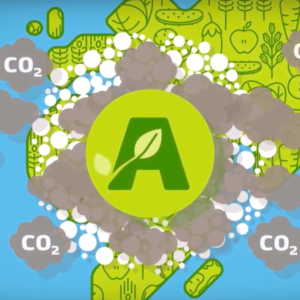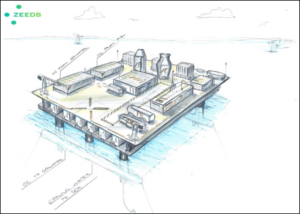Green Finance Prospects for Ammonia Energy
ANNUAL REVIEW 2019: Green finance, the deployment of capital to sustainable pursuits, has been gathering momentum for a decade. Kristoffer Olsen, now an independent consultant and formerly a member of the Ammonia Energy Association’s Board of Directors, argued in an August 2019 Ammonia Energy post that “Green Finance and Green Bonds can directly contribute to the decarbonisation of ammonia and future production of green ammonia fuel.” Other recent indications lend credence to Olsen’s assertion.







